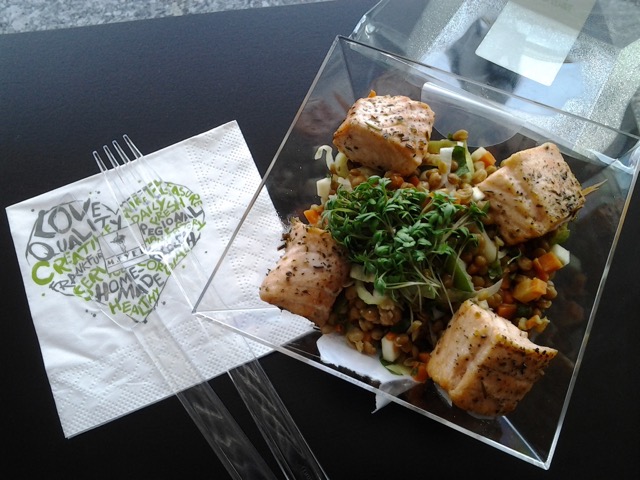At least once every week (usually more often) people tell me how difficult they find it to give ‘negative feedback’. Sometimes it’s a manager who says he finds it difficult to tell a staff member he’s not happy with something he does or doesn’t do. But it can equally be a friend or family member who is frustrated with somebody’s behaviour and hasn’t said anything so far. Let’s face it: it’s not easy to give negative feedback.
A while ago I already wrote a post about the beliefs that may keep you from giving negative feedback. You can check it out here. But today I would like to share the technique I use in my assertiveness training.
Before I go on, I want to insist that there are techniques and … there’s attitude. And, to me attitude comes first! What do I mean by that? My synonym for assertiveness is confident and constructive communication. The confident part refers to the fact you have to be convinced you are ‘ok’ (You are not better or worse that anybody else, you are ok the way you are!). But… the other one is also ‘ok’! He or she is not the ‘bad’ one. And you want the conversation to be constructive: you aim for a win-win solution. It’s not at all you stating your case and not listening to the other one’s point of view. If this is what you do, you’re not being assertive but… aggressive…
Suppose you come from an ok-ok position and you want to go for win-win, the DESC can be the technique that’s going to help you to formulate your message in the best possible way.
D stands for DESCRIPTION OF THE FACTS:
Often we don’t do that. We generalise (you always do this, you never do that) and this is the best way to make the other person react defensively. You may have noticed this in the past. So say something like: I’ve noticed you… (and refer to specific behaviour).
E stands for EXPRESS EMOTIONS:
Usually, when somebody does something we don’t like, it has an effect on us. It makes us feel a certain way. Express that! (When you do…)… I feel … (emotion). Often we use ‘you-messages’ (you are so and so) instead of ‘I-messages’ and this will again come across aggressively. Careful: expressing your emotions is not the same as being emotional…
S stands for SOLUTIONS:
Come up with some solutions, preferably more than one. AND, very important, also listen to suggestions from the other person. After all, we wanted it to be win-win, right? A common mistake here is to ‘impose your solution’. How win-win is that?
And finally, C stands for CONCLUDE:
This is basically the wrap-up: you repeat what has been decided to avoid that there could be misinterpretations.
Don’t turn it into a monologue; be open to listen to the view of the other. You’re entitled to your view and he is entitled to his. And make sure you are calm and prepared, that’s going to make everything so much easier!
Good luck!
Let me know how it works in the comments below!
If you liked the above, you can sign up for more Tips & Tricks here. Looking forward to hearing from you!
if you want to improve your assertive communication, you can sign up for my online course ‘The right thing, at the right time, in the right way!’ #YAHAC


